JUPITER PROTECTING US?
All About Space UK
|Issue 142
Earth has good reason to be grateful to the king of the Solar System, though its influence isn't always benign

Jupiter is by far the largest planet in the Solar System, containing more than twice as much mass as the rest of the planets put together. As such, its influence on the dynamics of the Solar System is second only to the Sun itself, and it’s often said that Jupiter is the planetary ‘protector’ of Earth. But is that true, and if so, how does it work? To start with, Jupiter isn’t really that close to us. The distance from Earth to the Sun is one astronomical unit (AU), while that between the Sun and Jupiter is much bigger at around 5.2 AU. This means that Jupiter never gets closer to us than 4.2 AU, and it’s often much further away than that. And as big as Jupiter is, it still only has a thousandth of the Sun’s mass, so its direct gravitational effect on us is negligible in comparison.
The reality is that Jupiter’s influence on Earth isn’t direct, but comes about via its effect on much smaller objects in the Solar System, all the way from asteroids down to grains of dust. Continuously through its 4.6 billion years of existence, Jupiter has helped to shape the Solar System through its gravitational effects. As far as Earth is concerned, we can thank Jupiter for protecting our planet from devastating collisions in the period immediately after its birth and then giving it enough water to fill the oceans. Then it tidied up the surrounding environment by sweeping up a large proportion of the rocky debris left over from planet formation, and even today it continues to shepherd incoming comets away from the inner Solar System.

Diese Geschichte stammt aus der Issue 142-Ausgabe von All About Space UK.
Abonnieren Sie Magzter GOLD, um auf Tausende kuratierter Premium-Geschichten und über 9.000 Zeitschriften und Zeitungen zuzugreifen.
Sie sind bereits Abonnent? Anmelden
WEITERE GESCHICHTEN VON All About Space UK
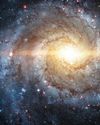
All About Space UK
MYSTERIES OF THE UNI WHERE ARE ALL THE SPIRAL GALAXIES?
There are far fewer spiral galaxies than elliptical ones in the Supergalactic Plane, and scientists are keen to discover why
7 mins
Issue 161
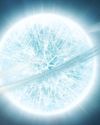
All About Space UK
ZOMBIE STARS
+10 OTHER TERRIFYING SPACE OBJECTS
8 mins
Issue 161
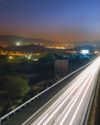
All About Space UK
HOW TO BEAT LIGHT POLLUTION
Thought it was impossible to observe the wonders of the night sky from towns and cities? Think again. Follow our tips and tricks on successfully observing through sky glow
2 mins
Issue 161
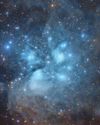
All About Space UK
15 STUNNING STAR CLUSTERS
These beautiful stellar groupings are spattered across the cosmos
8 mins
Issue 161

All About Space UK
Eileen Collins "It was a difficult mission...we were the first to see Mir"
Having served as both the first female pilot and first female commander of NASA's Space Shuttle, Collins boosted the involvement of women in space exploration to a whole new level
9 mins
Issue 161
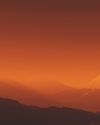
All About Space UK
MARS LEAKS FASTER WHEN IT'S CLOSER TO THE SUN
The Red Planet has lost enough water to space to form a global ocean hundreds of kilometres deep
2 mins
Issue 161
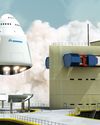
All About Space UK
FUTURE TECH KANKOH-MARU
This ambitious reusable spacecraft will be capable of taking 50 people to and from orbit
2 mins
Issue 161

All About Space UK
THE FINAL FRONTIER
Beyond the reach of the Sun is a fascinating region of the cosmos that were only just beginning to explore
8 mins
Issue 161
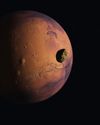
All About Space UK
A long-lost moon could explain Mars' weird shape and extreme terrain
A long-lost moon could explain why Mars is so different from the other rocky planets in the Solar System. Today Mars has two tiny moons.
2 mins
Issue 161
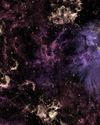
All About Space UK
A sprinkling of cosmic dust may have helped kick-start life on Earth
Cosmic dust may have helped kick-start life on Earth. New findings challenge a widely held assumption that this wasn't a plausible explanation.
3 mins
Issue 161
Translate
Change font size

